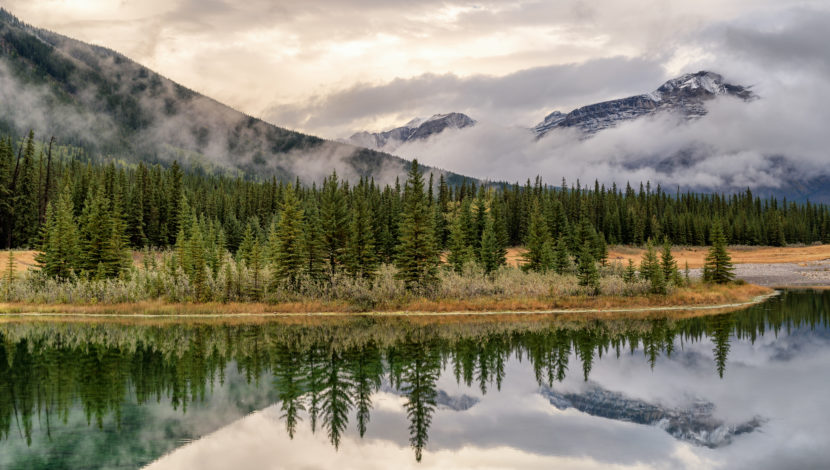The Unitarian Universalist Service Committee advances human rights through grassroots collaborations.
Climate Change in Alaska

Alaska is the largest state in the United States in terms of land mass. Its population is approximately 737,000 people, including more than 200 Alaska Native villages. Climate change has resulted in record-breaking high temperatures, thawing permafrost, and a decline in Arctic sea ice. Alaska Native communities have seen a reduction in subsistence harvests, sea level rise, issues with water quality, increased flooding and faster shoreline erosion, and damage to buildings, roads, and infrastructure such as airports that serve as key transport for remote villages.
The Alaska Institute for Justice works with 15 Alaska Native communities to develop a governance framework for climate-forced displacement and relocation indicators to aid the decision to shift from protection in place to community relocation. These communities include Atmautluak, Chevak, Elim, Eyak, Golovin, Kivalina, Kotlik, Kwigillingok, Nelson Lagoon, Nunapitchuk, Quinhagak, Port Heidin, Shishmaref, Teller, and Unalakleet. Most Alaska Native villages have populations that range from a few dozen to thousands of people. About 35 representatives from these Alaska Native communities will be attending the convening.
Certain Alaska Native communities have come to the difficult decision that relocation is the only sustainable adaptation strategy that protects their communities from the long-term impacts of climate change. The lack of governance frameworks, federal, or state agencies with a mandate to oversee planned relocation efforts and financing to support relocation have posed serious challenges to successfully executing community relocation.